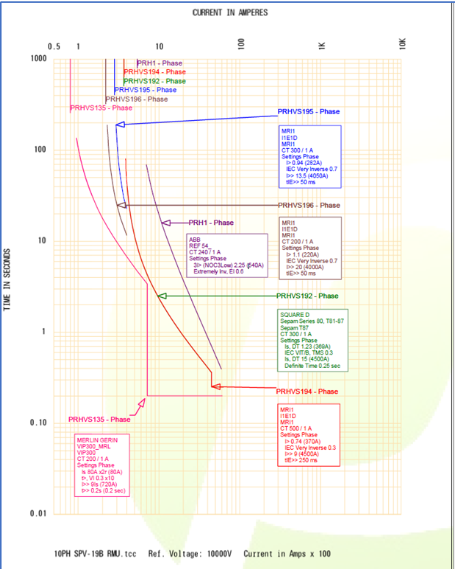A harmonic filter install requires precision and careful consideration. In this guide, we will outline the step-by-step process we follow when tasked with the project management of installing a harmonic filter properly.
- Assessment of Harmonic Distortion: Before installing a harmonic filter, it’s crucial to assess the level of harmonic distortion present in the electrical system. This can be done through power quality analysis using temporary power meters around the site to track and monitor the network. Understanding the harmonics present in the system will help determine the type and size of harmonic filter required.
- Selection of Harmonic Filter: Based on the assessment results, we can select the appropriate type and capacity of the harmonic filter. Harmonic filters come in various configurations such as passive filters and active filters. Passive filters are typically used for fixed loads with constant harmonic generation, while active filters offer dynamic compensation for variable loads.
- Placement of the Harmonic Filter: Identify the optimal location for installing the harmonic filter within the electrical system. Common installation points include the main distribution panel or near large nonlinear loads such as variable frequency drives (VFDs) and power converters. Verification of quality and location of available metering CT’s (for AHFs) is of high importance, as it will have an impact on quality of filtration.
- Preparation of Installation Site: Ensure the installation site is clean, well-ventilated, and easily accessible. Any obstacles or debris that may hinder the installation process should be cleared the electrical connections and wiring are verified to be in good condition and comply with safety standards.
- Mounting the Harmonic Filter: Ensure that the filter has been installed in the correct orientation as indicated by the manufacturer’s guidelines. Paying attention to any clearance requirements and ensuring adequate space for maintenance and ventilation.
- Testing and Commissioning: Once the harmonic filter is installed, we conduct comprehensive testing to verify its functionality and performance. Verify that the filter effectively reduces harmonic distortion within acceptable limits and does not introduce any adverse effects such as resonance or voltage fluctuations.
- Documentation and Maintenance: Following successful commissioning we will keep detailed records of the harmonic filter installation, including specifications, test results, and maintenance schedules. We can periodically inspect the filter for any signs of damage or degradation and implement a routine maintenance schedule as the manufacturer recommends. Regular maintenance will ensure optimal performance and prolong the lifespan of the harmonic filter.
By following these steps, we can ensure the effective installation of a harmonic filter to mitigate harmonic distortion and improve the power quality of your electrical system. Proper installation and maintenance of harmonic filters are essential for ensuring reliable and efficient operation. To discuss your harmonic filter needs please contact our power quality team today.













